Start Your National Parks Escape
Your AAA benefits make it easy to plan a visit to top national parks, either on your own or with a tour.
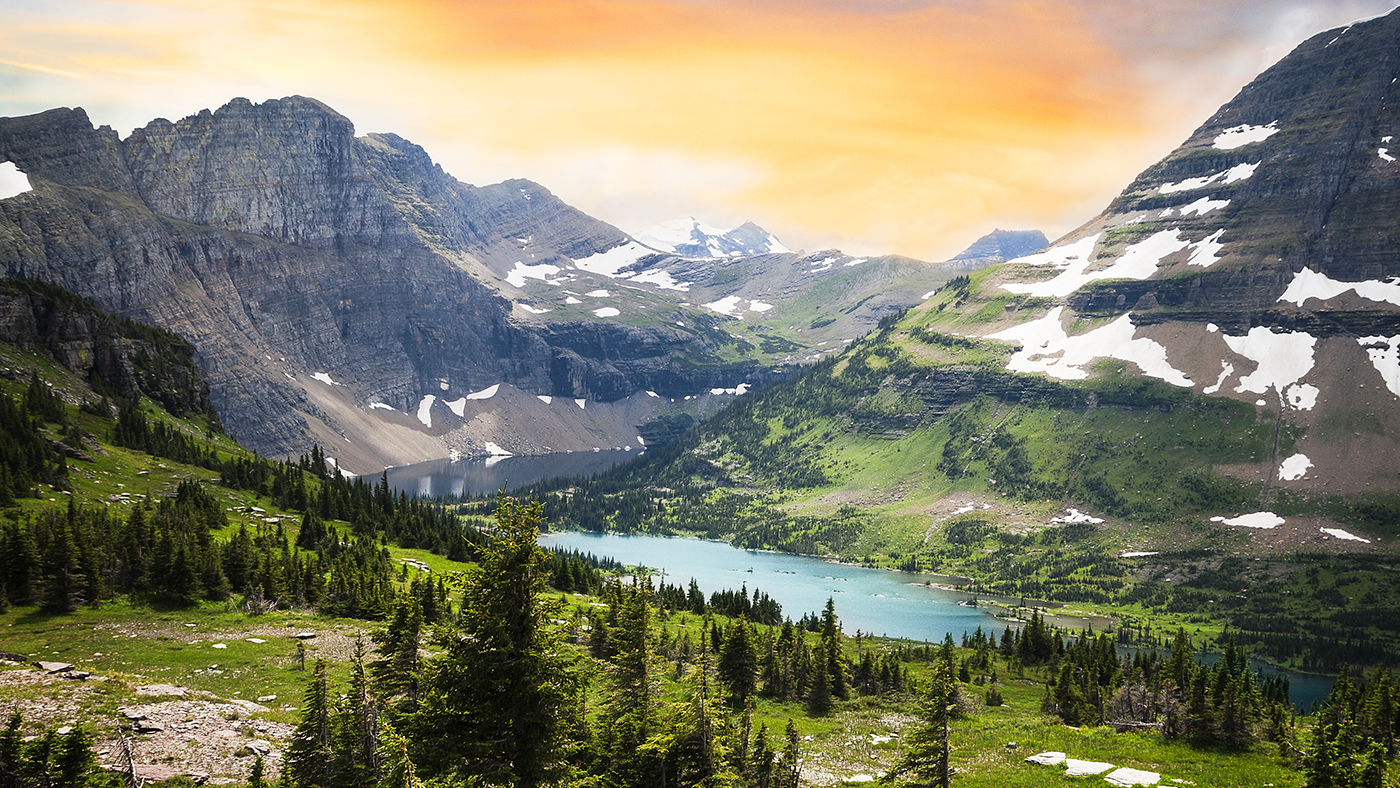
iStock
The lands that make up the National Park System are filled with beauty, wonder and history. Among them are monuments, battlefields, lakeshores, seashores, scenic rivers and, of course, parks—those sanctuaries of pristine wilderness where geysers erupt, waterfalls tumble, mountains loom and bison roam. Each one has its own charms, but these 12 top our list of favorites.
Pro tip:Parks are open, but some facilities and services may be limited. Some parks are also requiring timed entry tickets. Before you go, visit nps.gov/coronavirus or check individual park websites for specific details.
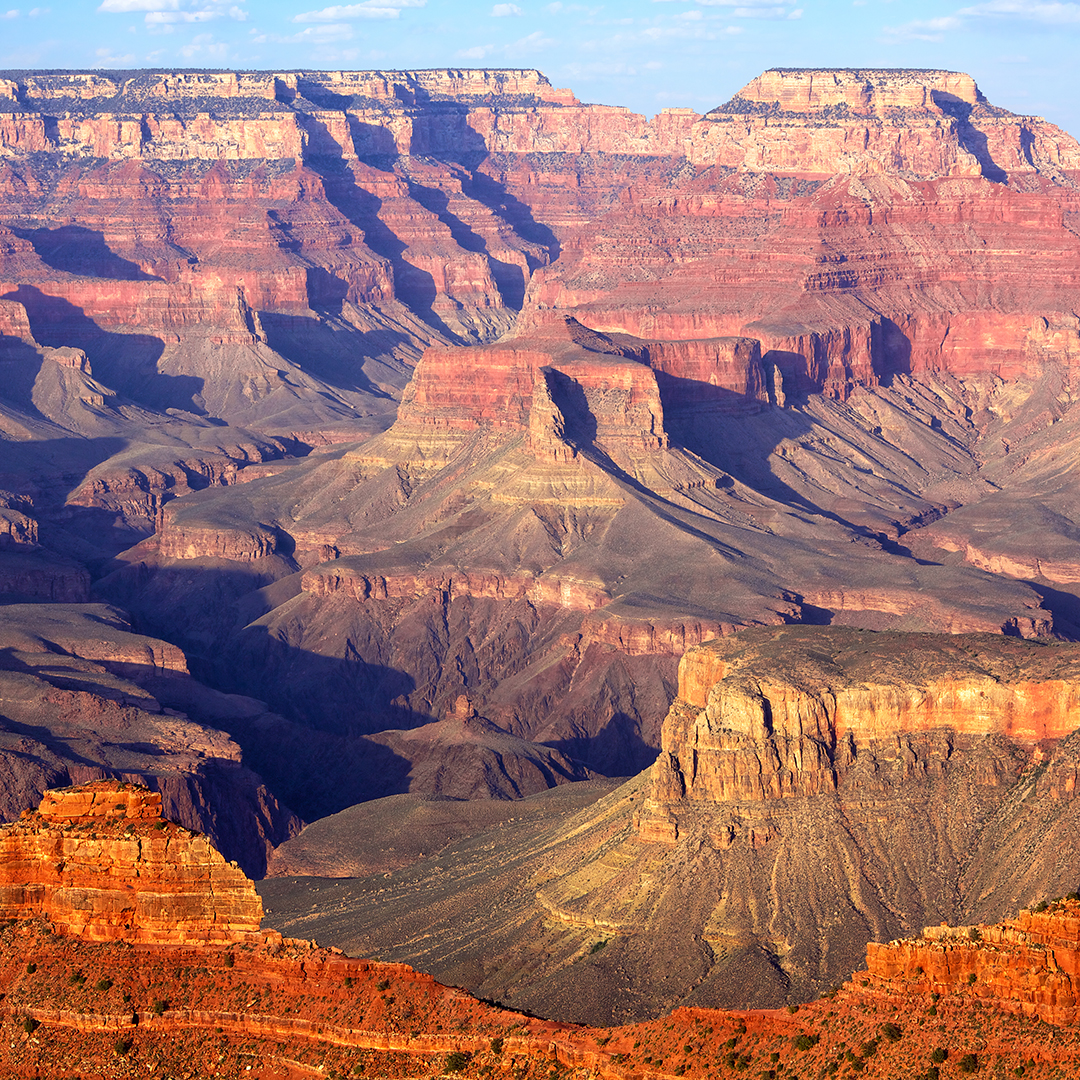 iStock
iStockThis mile-deep, 275-mile-long chasm glows like a fire, twists like a serpent and rends the northern Arizona landscape like a giant’s plow. Along its South Rim, the mostly flat Rim Trail provides fantastic panoramas, while longer hikes on the Bright Angel Trail reward the adventurous with closer views of water-carved rocks and sunlit landscapes. Those in search of a more solitary experience can head to the less-frequented North Rim, where the Cape Royal overlook offers a sweeping vantage point, perfect for sunrises and sunsets. The interpretive Trail of Time at the Yavapai Geology Museum shares a glimpse of the canyon’s geologic history, from the youngest rock formation (270 million years old) to the oldest (nearly 2 billion years old).
Trip to Grand Canyon … we were very happy with all the plans that AAA made for us. It was very organized, and everything was flawless. A real stress saver for us.— mproell, from AAA Traveler Reviews
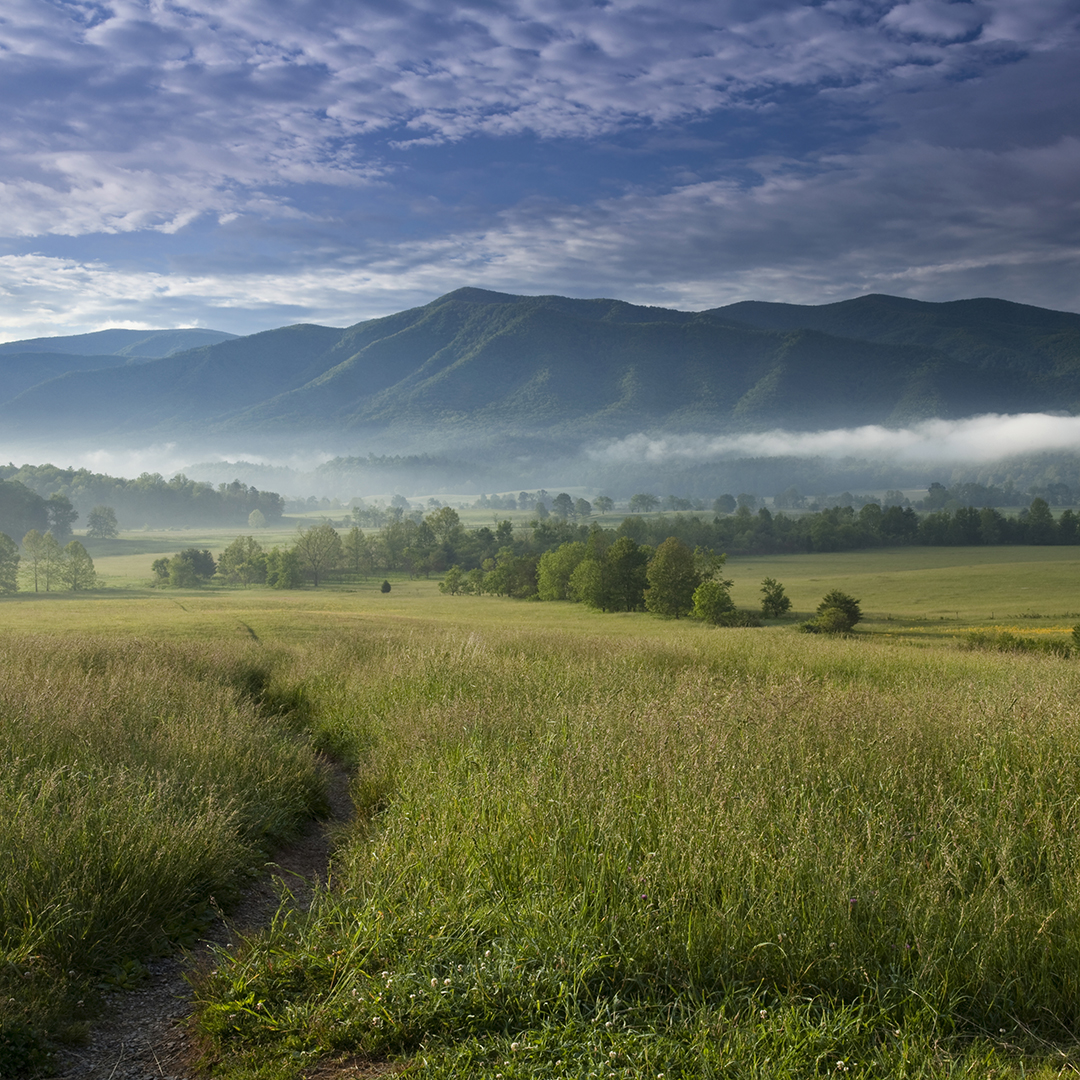 iStock
iStockA thick cloak of forest drapes the shoulders of these mountains on the Tennessee-North Carolina border, patched here and there with open meadows and trickling streams. The breathtaking landscape draws more visitors than any other national park. Some people come to see the wildflowers (more than 1,500 types of flowering plants fan across the park), others to hike among hardwood trees and many to seek a glimpse of the black bears that call these mountains home. One of the best places to see them: Cades Cove, a mountain-ringed valley where the lack of forestation makes the creatures easier to spot.
Plan your next getaway with the digital AAA TourBook Guides.
See the Guides iStock
iStockCongress declared Yellowstone the world’s first national park in 1872, and since then, the geyser-filled preserve that sprawls through Idaho, Wyoming and Montana has lost none of its heat or fizz. The park is home to nearly 60% of the world’s geysers, and Old Faithful is still the big draw—sending its steamy plume well over 100 feet into the air every hour or so (on average). Old Faithful attracts big crowds, so for a more private experience, arrive at dawn or on a moonlit night. Pro tip: Lodges at top national parks fill up quickly and can be difficult to book on your own. Guarantee your spot in one of these in-park accommodations by taking a professionally led guided tour instead, like this one, which includes a stay in one of the Yellowstone National Park Lodges.
Pro tip: Lodges at top national parks fill up quickly and can be difficult to book on your own. Guarantee your spot in one of these in-park accommodations by taking a professionally led guided tour instead, like this one, which includes a stay in one of the Yellowstone National Park Lodges.
Rediscover more of America’s favorite places, from top national parks to beaches to historic cities.
Find Road Trip Inspiration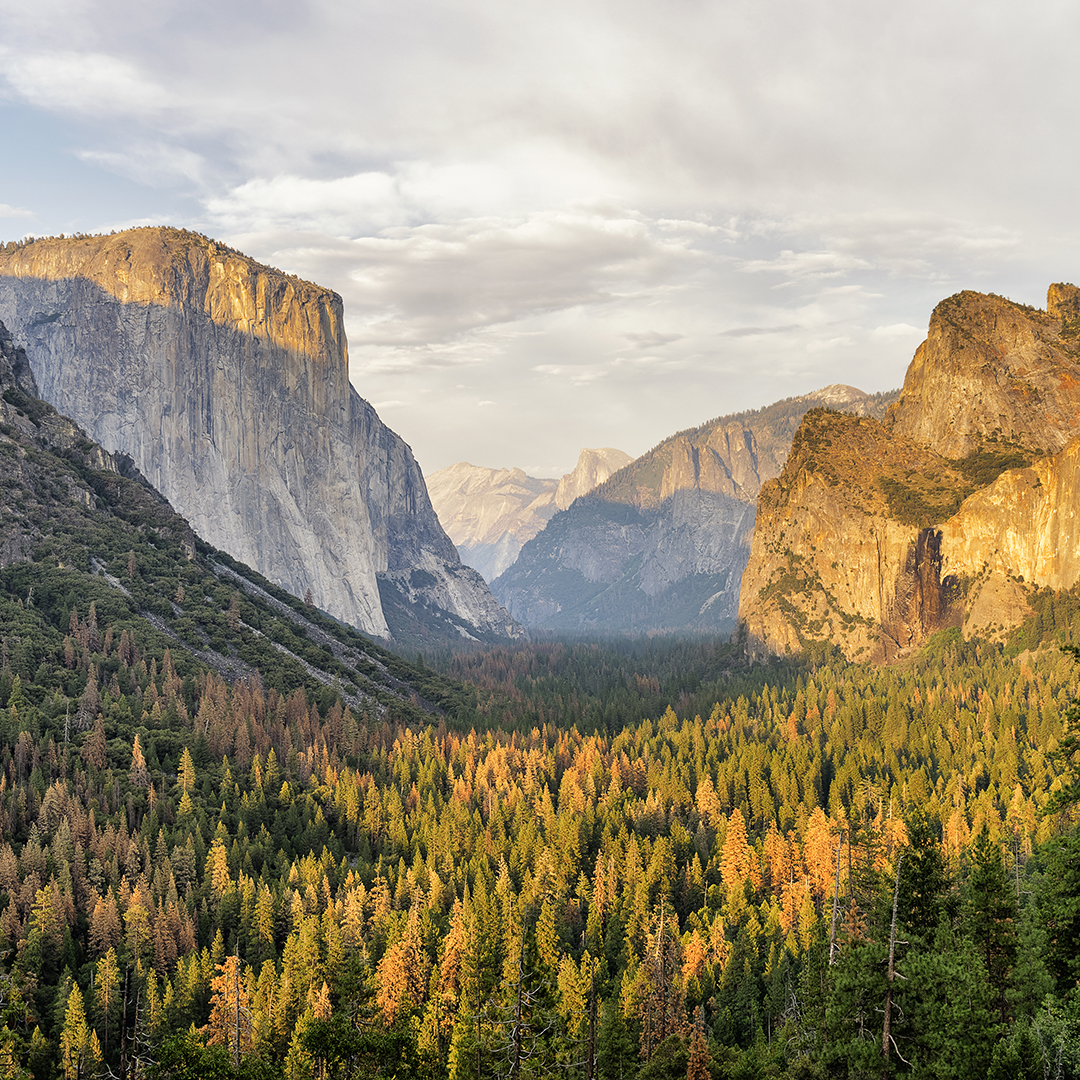 iStock
iStockEons ago, glaciers carved out the canyons, peaks, domes and lakebeds of this California park. Today, it’s the park’s snowmelt that sends Yosemite Falls, one of the tallest falls in North America, rushing nearly 2,500 feet into a mist-filled, rocky creek below. It and most of the park’s other falls are concentrated in Yosemite Valley, a small section of the park’s 1,200 square miles. Pro tip: Visit in spring to see waterfalls before the dry season begins (and be sure to witness starry-night views).
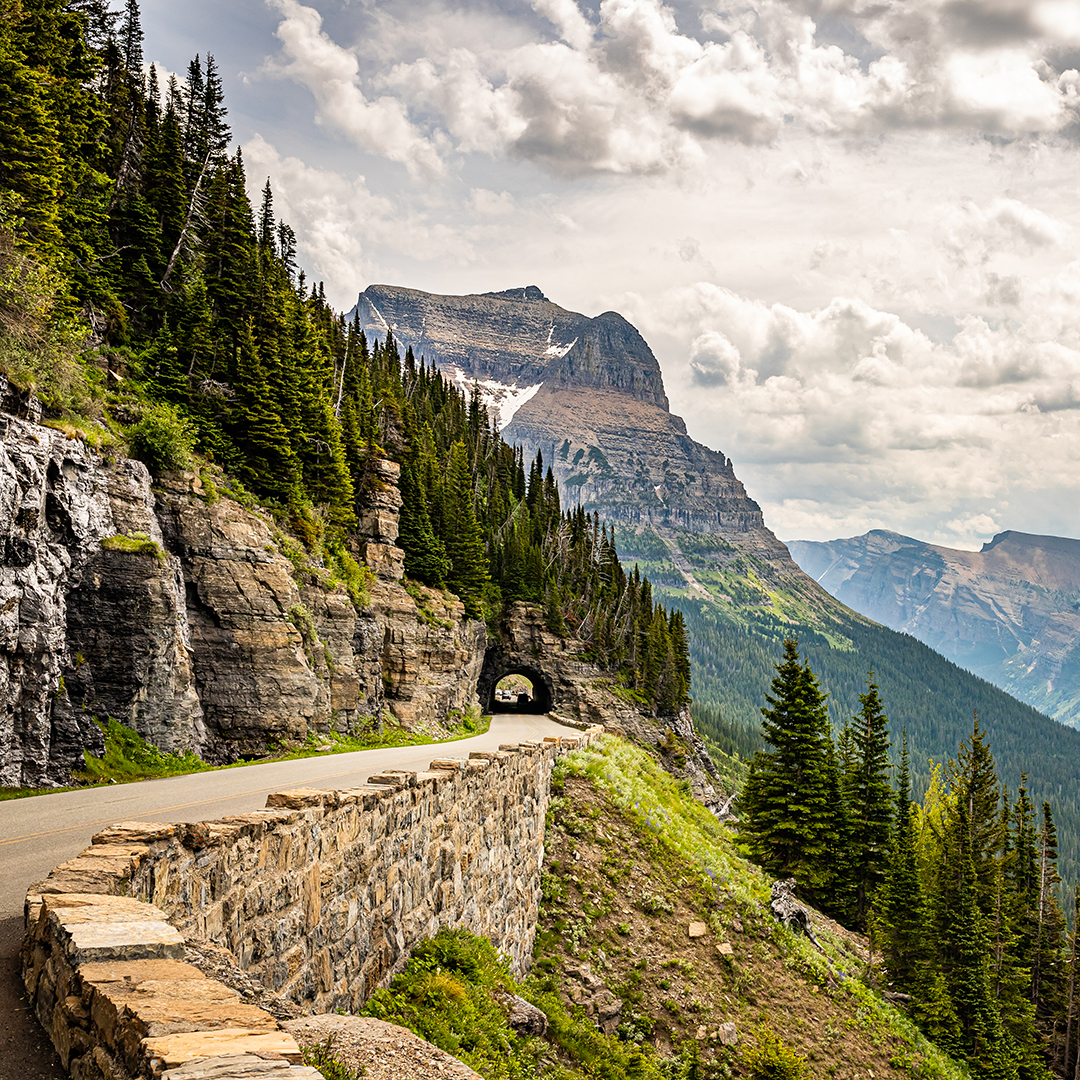 iStock
iStockThe views in this Montana gem are stunning: rosy sunsets over ice-capped mountains, aquamarine lakes, meadows dotted with elk, and Jackson Glacier—which was once part of Blackfoot Glacier, a single, mighty force that split after decades of melting. Admire this picturesque perfection along Going-to-the-Sun Road. The 50-mile highway crosses the Continental Divide and is a National Historic Civil Engineering Landmark. For a closer encounter of the glacier kind, hikers trek to the area known as Many Glacier to marvel at some of the park’s giant ice masses (and, in springtime, to spot bears snacking on huckleberries).
Pro tip: Visiting several of the top national parks? Buy an annual pass to save on entrance fees. Seniors get a reduced rate, and military members can get a pass for free.
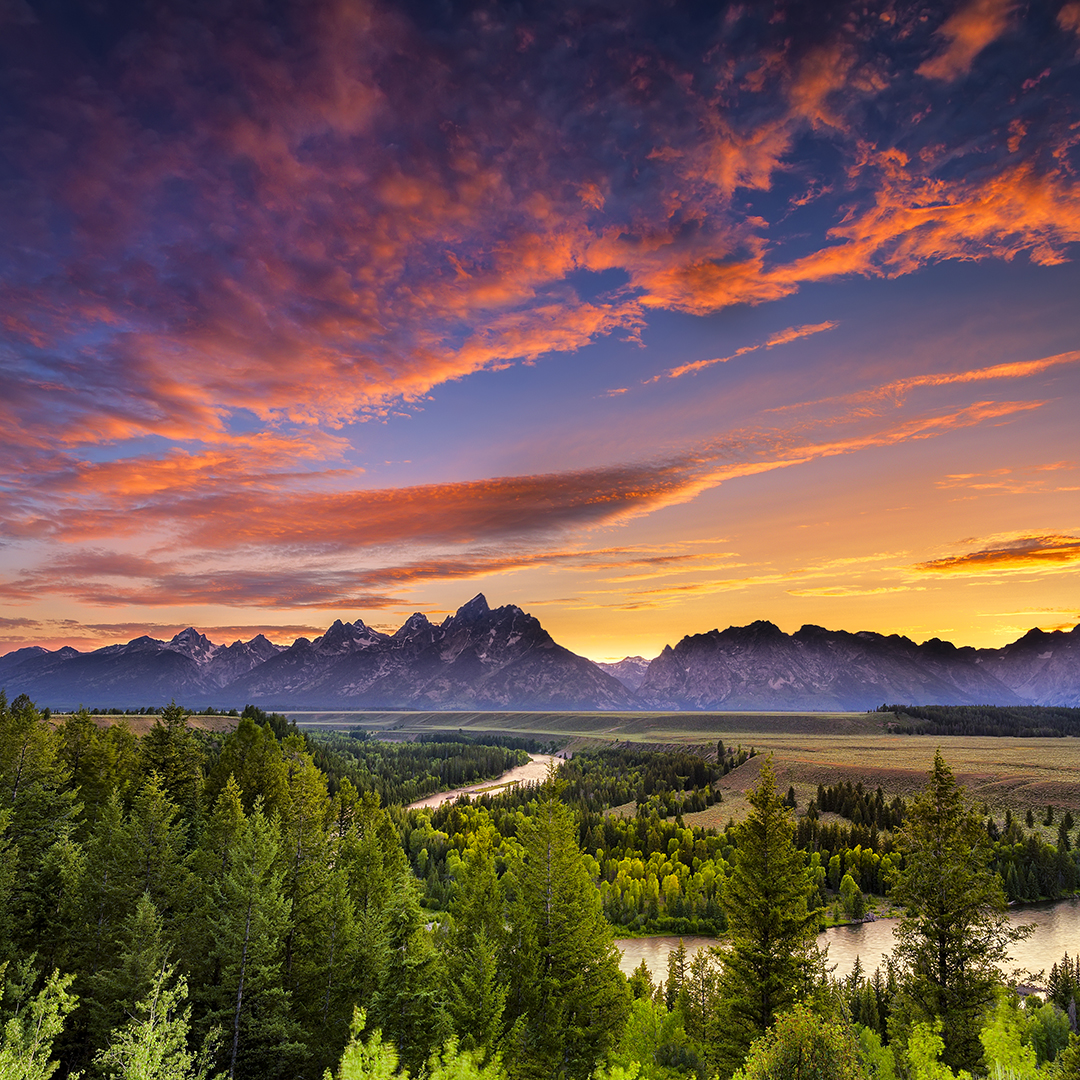 iStock
iStockThe Tetons are not the highest peaks in North America, but they could be the most magnificent. The National Park Service calls these beauties “mountains of the imagination.” Located in northwestern Wyoming, this range commands attention, towering along the park’s skyline at nearly 14,000 feet. During a float down the Snake River, experienced guides will regale you with tales of the area’s first settlers and fur trappers as you take in the mountain views. Wildlife spotters, keep an eye out for river otters, muskrats, moose and bears at Oxbow Bend on the Snake River.
 iStock
iStockThis Colorado park hoists travelers to what feels like the roof of the world. Its mountains reach as high as 14,000 feet, their landscapes changing from meadow valleys and slopes to evergreen forest to tundra as the altitude increases. More than 300 miles of hiking trails, ranging from almost-flat to super-steep, take trekkers to lakes, waterfalls and summits. But travelers can also soak in the awe-inspiring views with a drive along Trail Ridge Road, which takes you to 12,000 feet at its highest point.
Pro tip: Get recommendations on top national parks and hear tips that can help you make the most of your visit on this episode of the Well-Traveled with AAA podcast.
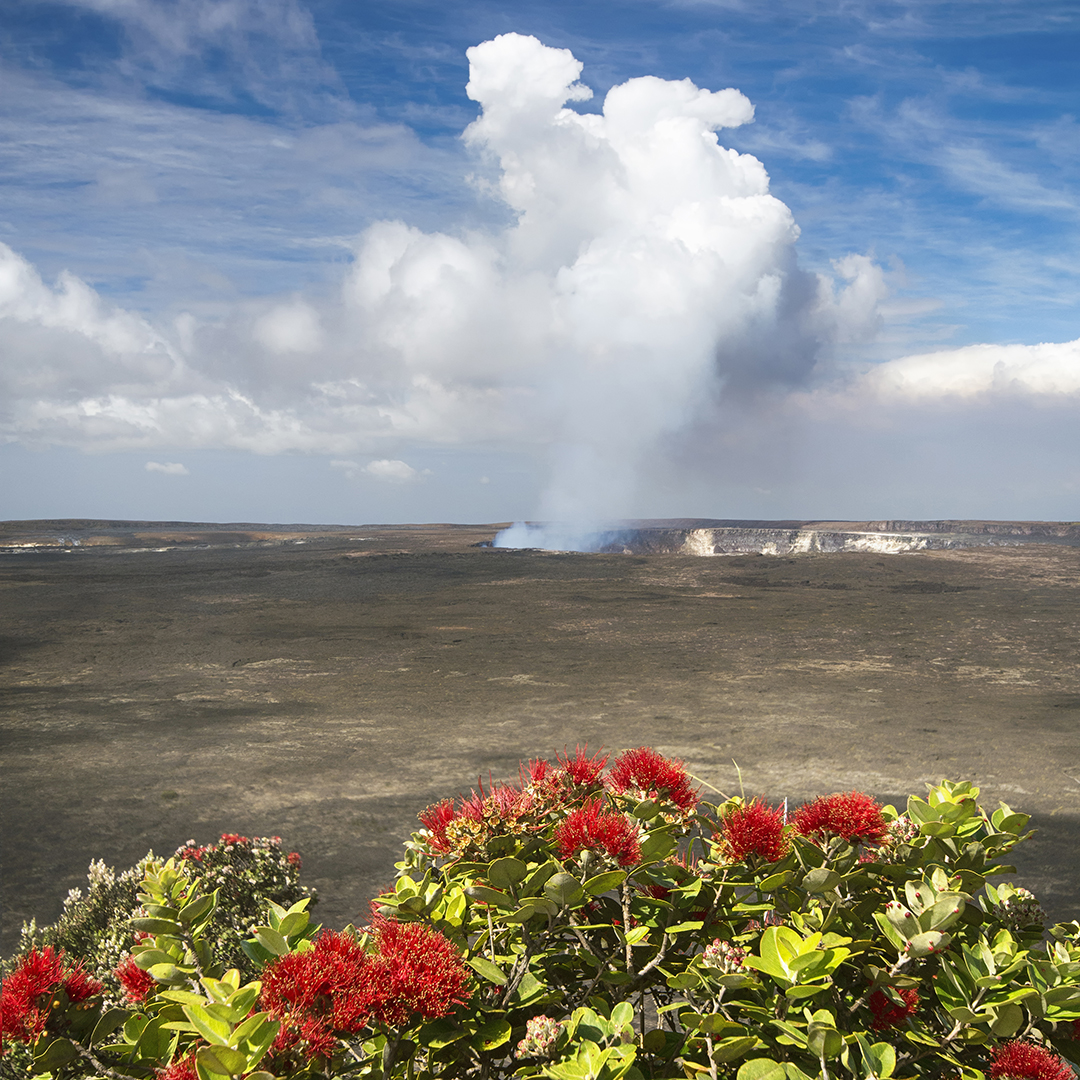 iStock
iStockThe scenery of Hawaii Volcanoes National Park began changing one May morning in 1969 when Mauna Ulu started spewing lava across roads and cultural sites and, eventually, into the sea during an eruption that would last until 1974. Today, the park is a land of contrasts: cracked, charcoal-colored lava-earth and trees brimming with cherry-red blossoms. The power of Mauna Ulu (which means “growing mountain”) is evident in the landscape its eruption left behind. Take it in during a day hike and climb 210 feet to the top of the cinder cone to appreciate the views of Mauna Loa, Mauna Kea and the Pacific Ocean.
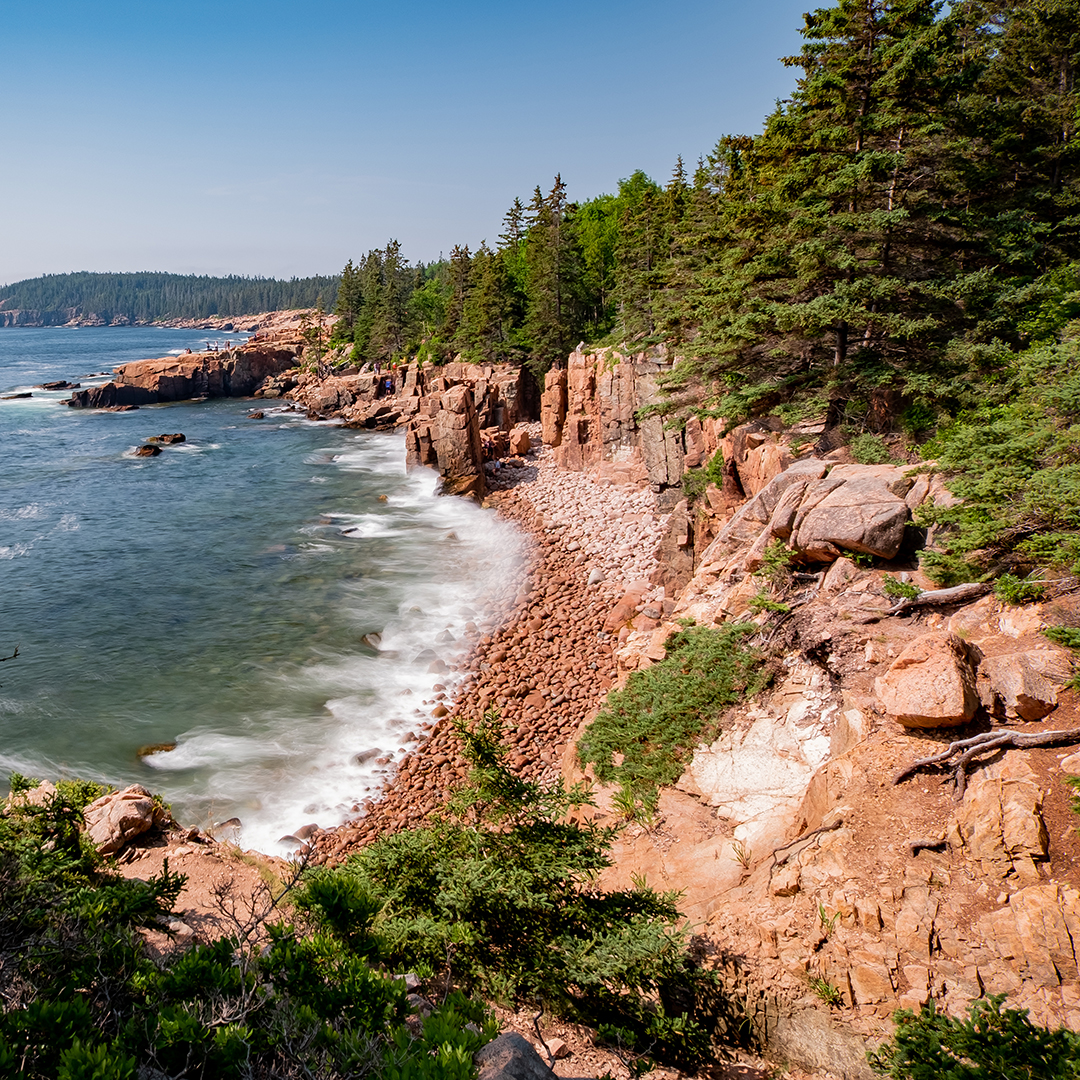 iStock
iStockThe dense forest and rocky coastline of Maine’s Acadia National Park won over John D. Rockefeller Jr., who yearned for quiet, car-free roads to travel around Mount Desert Island. From 1913 to 1940, he funded construction of 45 miles of rustic carriage roads, all devoid of motor vehicles. Today, a guided cycling tour offers a ranger’s insight and a purpose-filled perspective of the park—including the ways Rockefeller engineered his roads to follow the land’s natural curves and take advantage of the best views. Tours run from July to October and last 2.5 hours, but cyclists can keep bikes longer and explore until day’s end.
Pro tip: If something goes wrong while you’re exploring by bicycle, you can call AAA for help. AAA Bicycle Service is included free with your AAA Membership and protects you while you’re on your bike, just like it does when you’re driving.
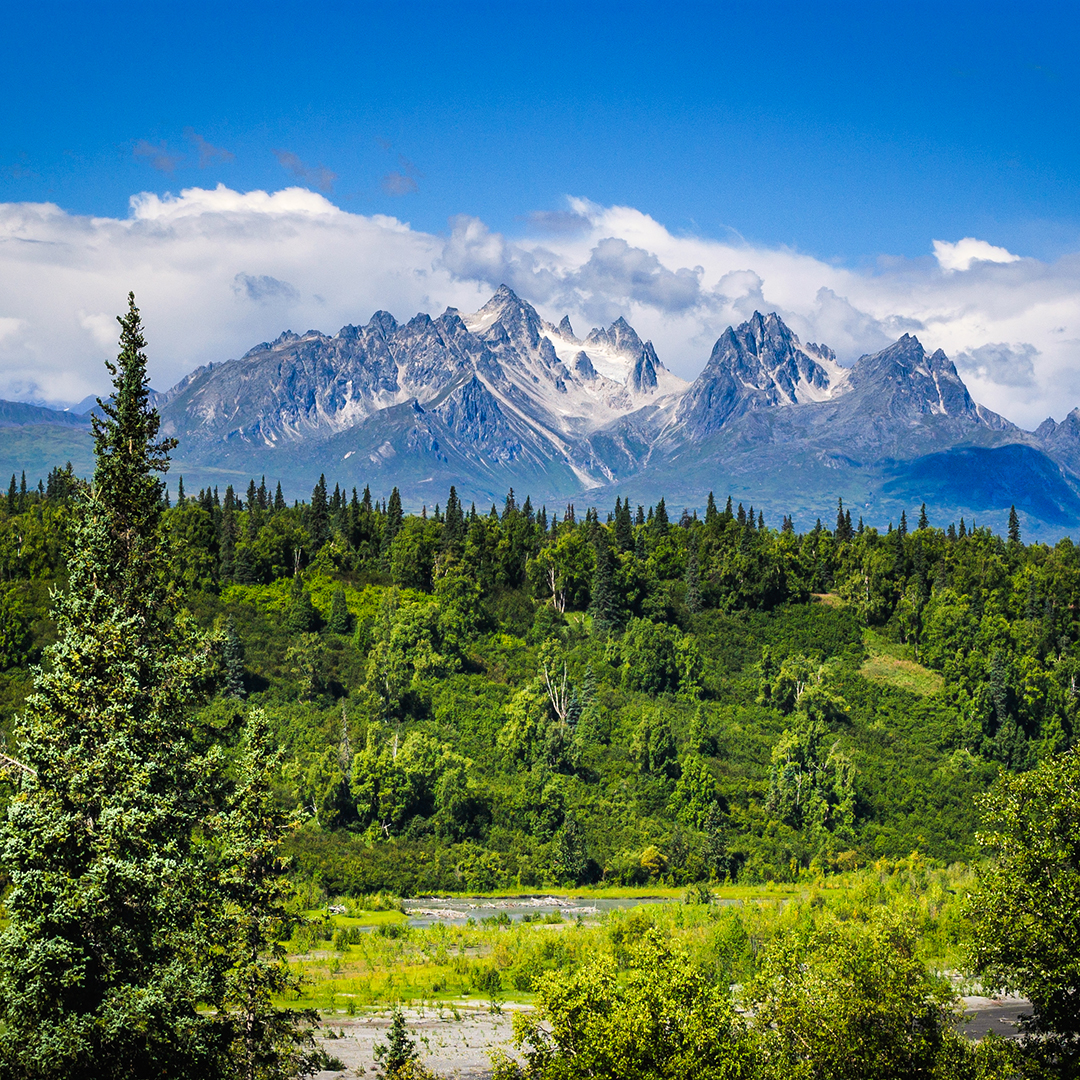 iStock
iStockAlaska’s untamed beauty leaves us awestruck. Just as wondrous as its snowcapped peaks and glistening glaciers is the roaming wildlife in Denali National Park & Preserve. Lucky explorers may spy a wayfaring wolf; others strain their eyes against a backdrop shrouded in clouds to spot angelically white Dall sheep. The remainder of the park’s “big five” are easier to see from a distance: grizzly bears, caribou and moose. Savvy travelers sign up for narrated bus tours that traverse the Denali Park Road, which winds through valleys and across high mountain passes. (Sable Pass, in grizzly country, is a highlight.)
Dive into everything Alaska has to offer and hear insider travel tips.
Explore Alaska iStock
iStockSurrounded by the crystal-clear waters of Lake Superior and the untamed north woods of Michigan’s Upper Peninsula, Isle Royale is a wonderland spot for those seeking isolation and adventure. The island is only accessible by boat or floatplane, and it’s closed each year from November through mid-April. But those who make the effort to get there are rewarded with an abundance of peace and quiet and a never-ending supply of scenic beauty. The island’s rugged terrain is crisscrossed by 165 miles of hiking trails. Those looking for more than just a day hike can stay overnight at one of 36 campgrounds.
Pro tip: When you’re off the beaten path, you can get emergency medical evacuation help with Beyond The Road, the new Global Rescue service developed for AAA.
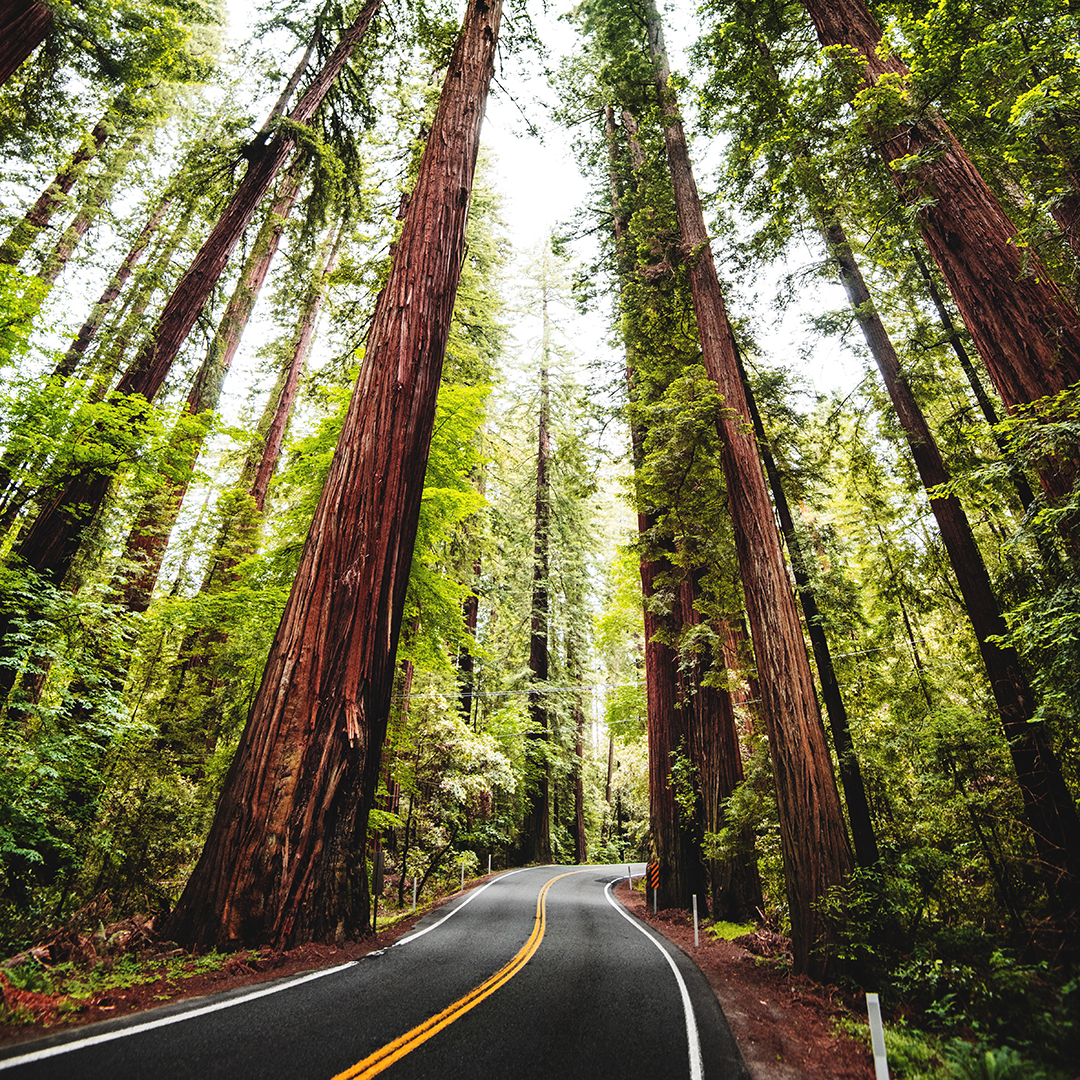 iStock
iStockThese trees are born from seeds smaller than corn kernels and can grow up to 35 stories tall with trunks stretching more than 20 feet across. They can also live for 2,000 years. Even the most jaded visitor is bound to be mesmerized at the base of a redwood tree. One of the best places to marvel at these giants is the aptly named Tall Trees Grove hike in this northern California park. A 4-mile round trip, the trail boasts magnificent views of old-growth trees, situated in the floodplain of Redwood Creek. Hikers need permits to access the trail; you can apply online for a permit up to 48 hours in advance.